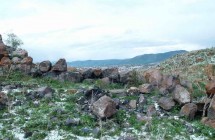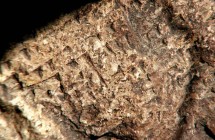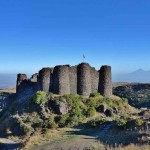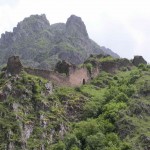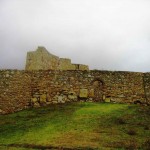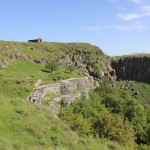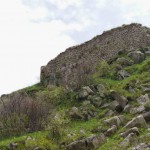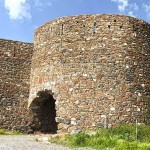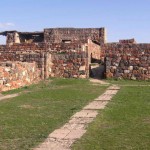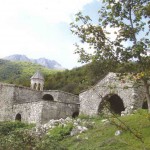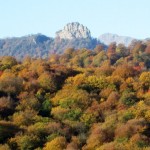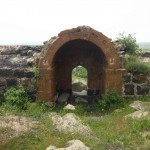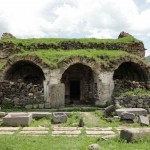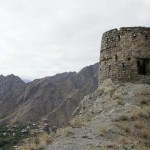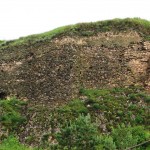
Lchashen fortress
Comment are off
To the south-west of the village Lchashen, on low hills, approached the shore, the route to the Urartian fortress starts (Lchashen Fortress). Massive walls up to 4 meters cover both the tops of hills and hollows between them, forming a system of separate closed areas. External walls, down to the water, cross the coast: it’s the only convenient passage way. Lchashen fortress at the first glance seems quite simple: it is blocked from the north access to the western coast of the lake. This explains its size and power. Attempts to dating the construction of the fortress led archaeologists to the VII century BC. At one of the gems carved inscription of the king of Urartu Argishti I, son of Menua, was found. The caption describes the capture of the country and city Kiehuni. Among other things found in the fortress, there are fragments of ancient pottery beginning of the I millennium. This suggests that there was life here in subsequent periods. Not far from the fortress there was was opened a necropolis of different periods of the II millennium BC. At least one and a half millennia, this cemetery was safely sheltered from the looters and the ravages of time, the waters of Lake Sevan. It’s impressive how items that make up the grave goods are buried here with tribal chiefs! In accordance to religious beliefs of the deceased tried to provide the most necessary and significant things from the time he served during his lifetime. In this set, for example, there are carts made of wood, lots of chamber works of sculpture – chariots with horses and warriors, with figures of bulls, deer and birds. All figures are cast in the lost wax technique, which allows the author to create the model only once, so each of those works is a visualization of the author’s thoughts, the movements of his hands and mind, self-image solution.


